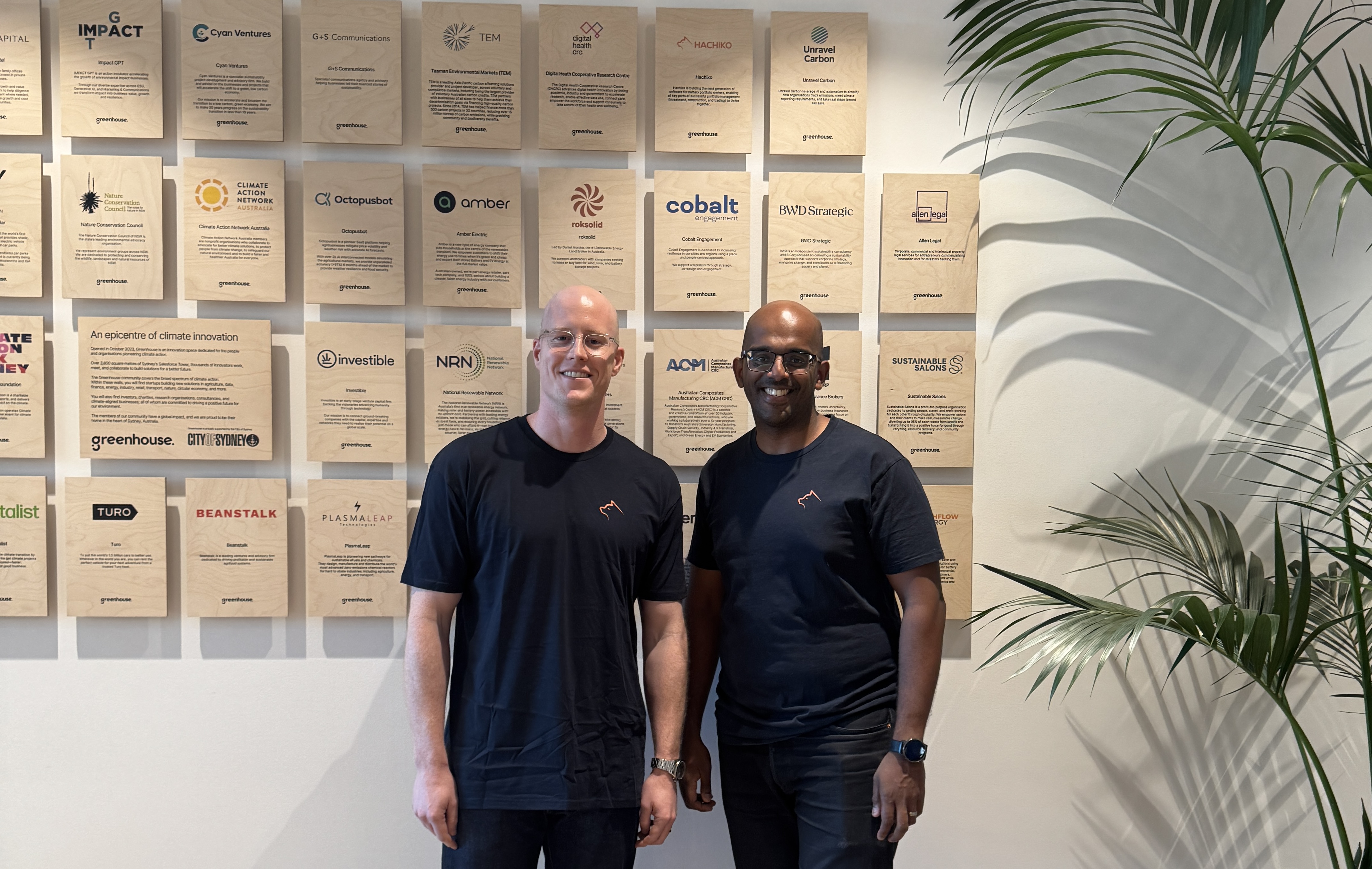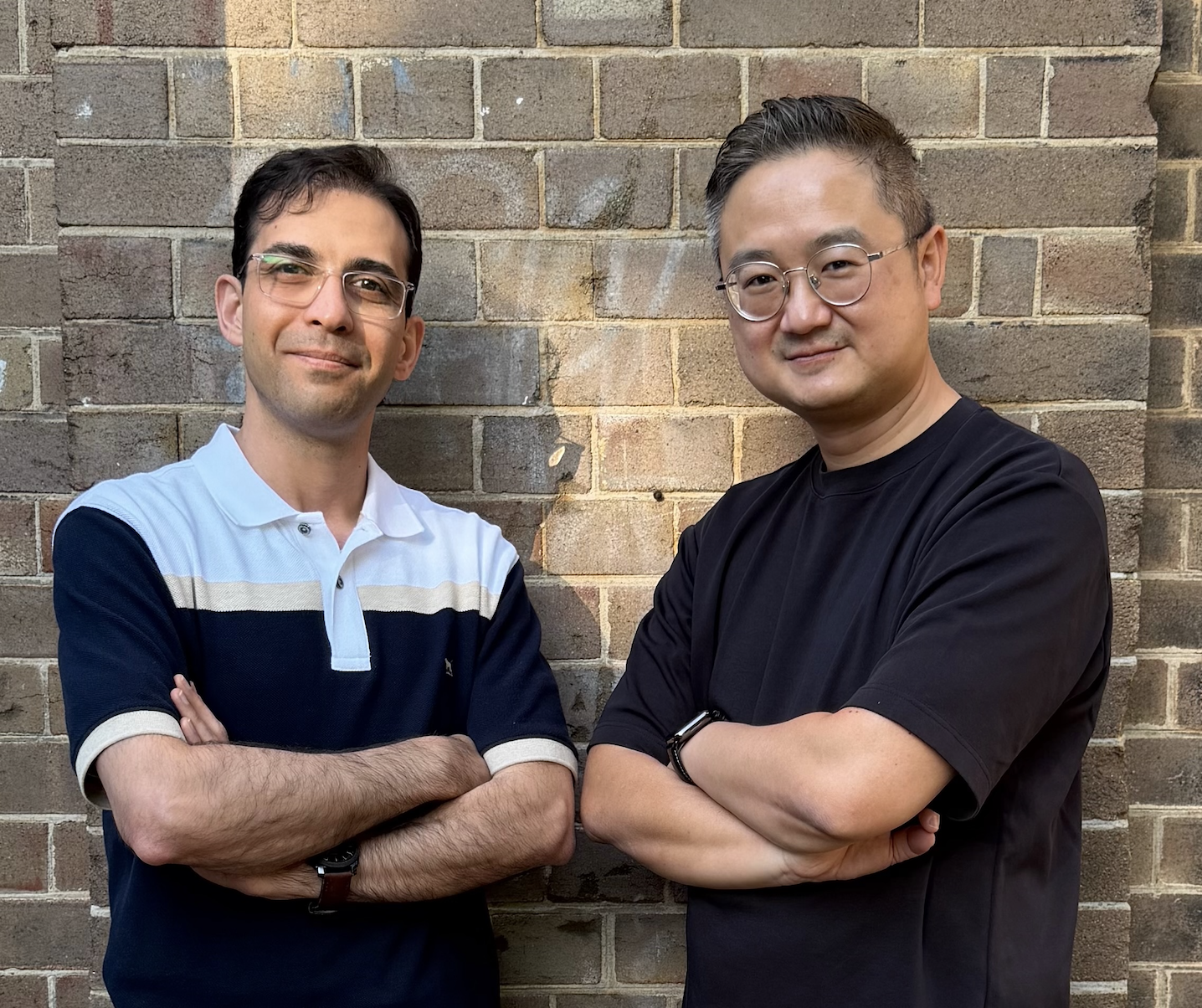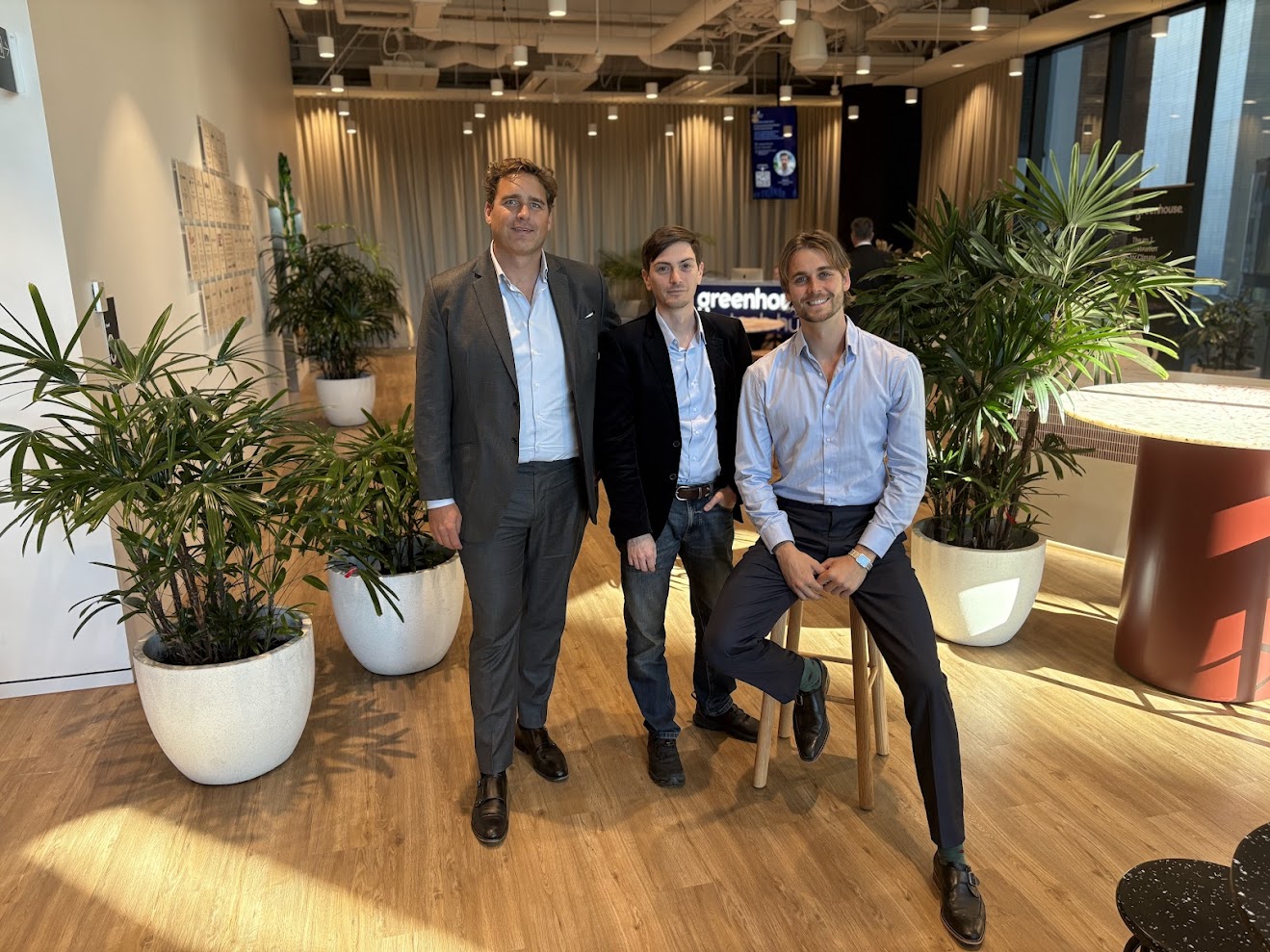
The Investible Climate Tech team has watched CIM and its founding team grow and build a strong company on solid foundations for a number of years. Following the company’s great progress, and the successful raise of their $10m Series A round, their momentum gave us the conviction to lead a secondary transaction with a $1.3m investment.
Investible is pleased to partner with CIM Founder and CEO David Walsh, and his talented, growing team as they take the business to its next level. Also supporting the startup's growth is a strategic coalition of investors including Five V Capital, Carthona Capital, Fifth Estate Asset Management, ANB Investment, Frazis Venture Fund, Infratech Growth Partners, and former Stockland CEO Mark Steinert.
CIM (Continuous Intelligence Monitoring) has already demonstrated a huge amount of traction. Its powerful analytics platform that helps run large buildings at their peak performance, helping to lower emissions. Read on for a look at the thesis behind our investment.
Important but complex space
From a decarbonisation perspective, the energy efficiency of buildings is essential. With building operations accounting for 27% of total emissions (and the whole building sector accounting for 38% when construction is included), this sector stands out as an expansive opportunity to make a significant difference to global emissions. Despite its importance, it’s not a simple one to address. Buildings, both new and old, tend to be an amalgamation of different pieces of equipment and proprietary systems, some centralised and others stand-alone; most of which don’t talk to each other. In addition, there are many parties involved including the landlord, tenants and facility managers, all of whom are owning, managing and interfacing with different components.
A data-focused mindset
David Walsh started his journey as a software engineer at Intel and SAP before moving into the building sector. During his time working in the industry, including two years as commercial manager for EP&T global, a building energy efficiency company, David saw the opportunity in leveraging software and data science to achieve better results and started CIM in 2011. David’s vision was to tap into the rich but highly divided and unstructured data already available without developing hardware. When everyone told him it was impossible, he figured he was onto something and set out to prove them wrong.
Today CIM’s PEAK system can gather thousands of data points in a building from all the different sources, including multiple Building Management Systems, electricity feeds, lifts, people counters, IoT sensors and more, all with either minimal to no hardware installation required. CIM then runs that data through more than 8,000 different algorithms to optimise the buildings. The persistence and secret sauce the company has developed means it really shines in complicated buildings such as commercial centres, airports, museums and now advanced manufacturing.

It's all about the people
I’ve known David for over 5 years. He is one of the most passionate and determined founders I have met. He is relentless in achieving extraordinary outcomes and surrounding himself with the best talent. David very quickly understood he needed to hire the best minds to solve the complex problem of building energy inefficiency. A testament to this was his recruitment of Anton Mazkovoi over five years ago. Anton was Atlassian’s first full-time employee and progressed from Senior Developer all the way to Head of Engineering and Development Tools over an 11-year period.
David was also able to attract other top talent, such as Howie Mann who joined as VP of product and David Wright who signed on as Executive Chairman (he is also a member of the Investible Climate Tech Fund’s advisory panel). Overall, David has handpicked a team of over 60 exceptional people, with the expectation to grow to 90 in the next two years.
Working for the benefit of all stakeholders
One of CIM’s early learnings was that insights alone are not sufficient to create change, particularly with so many different stakeholders, each with their own priorities. To combat the lack of follow-on action, CIM decided it needed to ensure the most important insights were actually used to implement solutions. CIM started working closely with the facility managers to deliver tangible results, quickly identifying the root cause rather than just the consequences.
Where other energy efficiency platforms are often seen by facility managers as competitors, CIM has partnered with facility managers to deliver the best results more efficiently. Two notable examples include CBRE and Knight Frank, both of whom are looking to roll out CIM across the portfolio of assets they manage. By creating greater property efficiency, CIM also delivers value for owners whose property value increases from lower outgoings, lower maintenance and improved NABERS ratings (CIM’s PEAK platform was able to improve a building’s rating from 0/5 to 5/5).
On the other hand, tenants also get the benefit of energy efficiency and greater comfort, particularly around the tricky issue of room temperature.
Amazing tailwinds
Whilst it has taken time for CIM and others in the space to gain traction, we have seen a major shift in the last 24 months. Monetary savings made energy efficiency a topic of interest, but corporate ESG and net zero commitments have propelled it to boardroom discussions and made it an obvious choice to materially reduce emissions whilst saving money.
Traction across premier property players
CIM has attracted some of the largest property groups around the world as clients, most of whom are looking to adopt the platform across their entire portfolio globally. These include Lendlease, Scentre Group, QIC, Charter Hall and GPT. The foray into advanced manufacturing with high-profile names like Dell and Johnson & Johnson is also very promising. CIM’s attention is now on its international expansion in the US, in addition to growing its presence in Europe and Asia.
Delivering results
CIM has developed its product to be up to 95% automated, has zero upfront costs and is a pure SaaS platform based on building space. All the components for rapid expansion are in place. On average CIM reduces energy usage (and costs) by 18-22%, with scope to go higher depending on the circumstance. For the typical customer, this results in payback occurring in 6 months. As of September 2022, CIM clients have saved a combined total of 277 Gigawatt hours of energy. That’s the equivalent of 179,317 tonnes of Carbon Dioxide.

Impressively, CIM also managed to grow its client base significantly during COVID. The platform has the dual benefits of making it easier to optimise conditions based on real-time feedback (like the number of tenants and extreme weather) as well as allowing facilities managers to oversee and operate buildings remotely.
We look forward to supporting the amazing team at CIM to continue to grow their impact globally.







